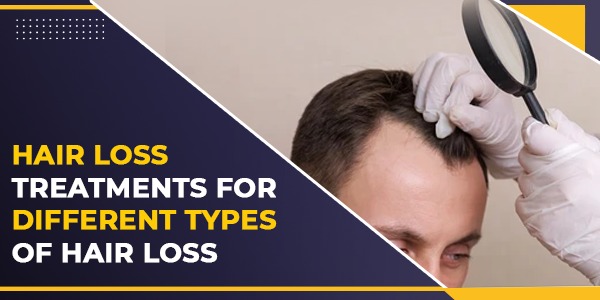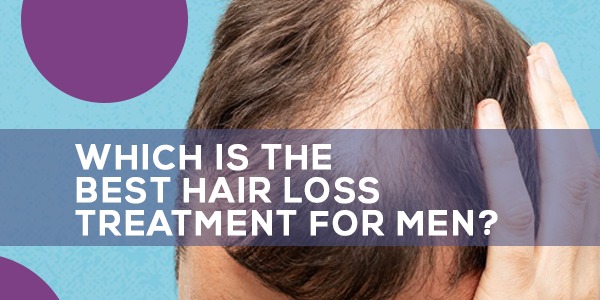Hair Loss Treatments for Different Types of Hair Loss: Which is Right for You?
Hair loss is a typical part of the growth and replacement cycle. Hair follicles go through asynchronous growth and resting cycles. The most common cause of hair loss in both men and women is genetics. In fact, heredity is responsible for 95% of all occurrences of alopecia (baldness). The best hair transplant surgeon in Raipur […]
Hair Loss Treatments for Different Types of Hair Loss: Which is Right for You? Read More »


